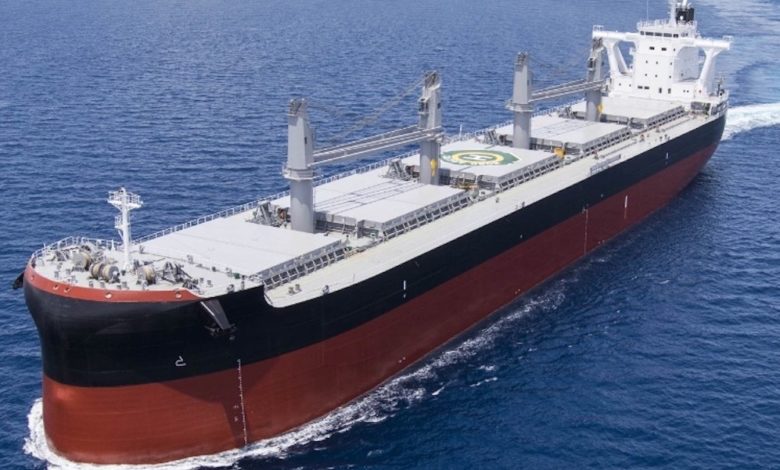How EEXI and CII will impact global fleet dynamics

With 156 days to go until their implementation, the debate about the International Maritime Organization’s upcoming Energy Efficient Existing Ship (EEXI) and Carbon Intensity Indicator (CII) regulations is beginning to have similar confusing overtones to the great scrubber debates of 2019.
Attempting to provide readers with the real numbers behind what next year’s two green rules will mean for the overall global fleet and trading capacity, Splash Extra journalists spoke to many experts and analysts, combing through extensive data for this month’s in-depth feature in our subscription title.
The average age of the global tanker fleet is currently around 11.6 years, bulkers some 11.4 years, while containerships average 14.1 years, according to Clarksons Research data. This means that owners will most likely have to upgrade most of these ships to prolong their lifespan.
EEXI is the first hurdle many shipowners will have to jump through next year. This compliance mechanism relies heavily on engine power limitation (EPL) for older tonnage. An estimated 10% speed drop cuts fuel usage by 27% over the distance travelled, with a similar reduction in carbon emissions, according to data from RightShip.
“Vessels opting for an EPL may find themselves excluded from cargo that needs a speed higher than what the reduced engine power can produce, and hence might produce fewer revenue-generating voyages over a defined time period compared with other vessels that obtain their optimal emissions by investing in retrofitting energy saving equipment,” Kris Fumberger, RightShip’s head of sustainability and environment, told Splash Extra.
CII, meanwhile, should provide the market with a more robust metric which will lead to greater transparency of operational emissions, but its impact on the freight market is expected in 2024, as throughout next year, shipowners will aggregate a track for each of their ships that will set the basis for the first A-E CII rating.
Geir Olafsen, CDO of the Norwegian platform for measuring, reporting, and estimating shipping emissions, Siglar Carbon, said he expects owners to be more reluctant to compete for cargoes that would have an expected negative contribution to their annual CII. “Hence, freight rates for such voyages might see an upward pressure due to less interest from owners,” he reckoned.
The in-depth feature then went on to identify what the new rules might mean in terms of cutting fleet supply for the individual shipping segments as well as looking at the technical details of the rule implementation.
The full, chart-packed article is available to subscribers here. Published on the last Wednesday of every month and priced for as little as $200 a year, Splash Extra serves as a concise monthly snapshot, ensuring readers are on top of where the shipping markets are headed.
For more details on Splash Extra subscriptions, click here.
